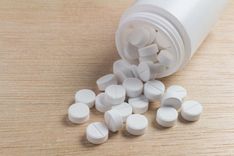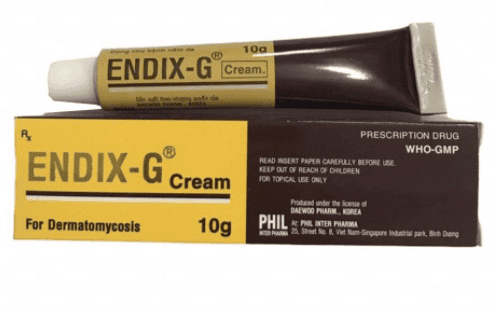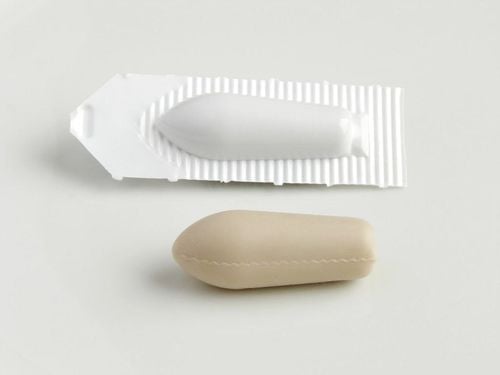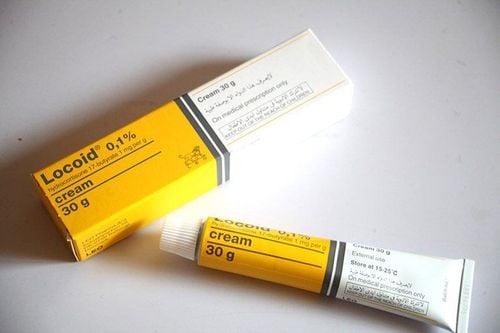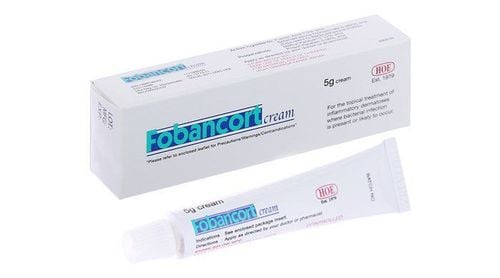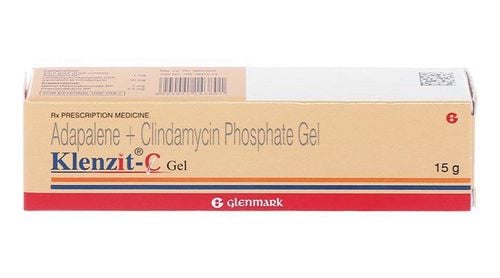Beprosalic is a topical ointment for dermatological problems such as dermatitis, hyperkeratosis, etc. that is relatively familiar and popular. More specifically, this article will help readers understand what Beprosalic is and how to use this ointment to overcome common skin symptoms.
1. Find out what Beprosalic is?
Beprosalic is in the group of topical antibiotics (or used immediately) with the generic name betamethasone, salicylic acid, etc., usually packaged in a 15-gram tube. Each gram of the 15-gram tube of Beprosalic is quantified as follows:
- Betamethasone dipropionate with a content of 0.00064 grams.
- Salicylic acid: 0.03 grams.
- Some other excipients.
In addition, beprosalic is also prepared in liquid form with a capacity of 30 ml with similar ingredients.
With topical corticosteroid ingredients, beprosalic has anti-itching and anti-inflammatory, vasoconstrictive effects. At the same time, salicylic acid helps to remove keratin and destroy the epithelial layer at a slow rate without causing pain to the user.
Regarding pharmacokinetics, beprosalic is often applied to damaged skin. When entering the body, the corticosteroid ingredient will bind tightly to proteins in the plasma; only a small part that is not bound will have pharmacological reactions on the skin and then be metabolized. The drug is usually metabolized mainly in the liver and kidneys and excreted through the urine.
It should be noted that if the damaged skin area is too large, applying beprosalic to this area of skin can potentially lead to acute salicylate poisoning throughout the body due to the salicylic acid ingredient in the drug.
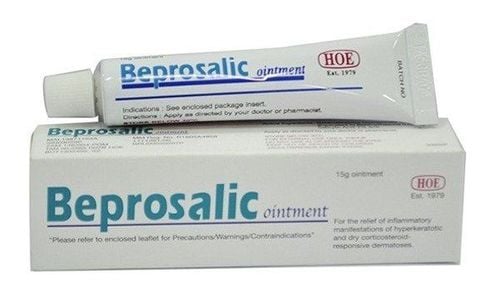
2. What conditions is beprosalic indicated and contraindicated for?
Due to its ability to eliminate keratin and limit inflammation, topical antibiotic beprosalic is often prescribed to treat skin inflammation problems such as acute and chronic atopic dermatitis, seborrheic dermatitis, neurodermatitis, psoriasis, dermatitis due to pleural effusion...
On the contrary, beprosalic is not suitable for all groups of subjects. If you are hypersensitive to betamethasone dipropionate or any corticosteroids, salicylic acid, salicylate derivatives..., you should not use this topical medicine. In addition, topical corticosteroid preparations in general are also contraindicated in patients with viral dermatitis, rosacea or tuberculosis...
3. What is the dosage and how to use beprosalic 15g?
Before applying beprosalic to the skin, you need to wash and dry the infected skin area. Then, apply a thin layer of beprosalic to the inflamed area and spread it gently to the surrounding skin. Gently apply the medicine until the medicine is absorbed into the skin.
Every day, you should apply the medicine twice, once in the morning and once in the evening, according to the instructions of dermatologists; do not apply too much to avoid possible side effects. In case the symptoms of dermatitis do not end after many days of use, you should see a doctor for examination and a prescription of a more appropriate medicine or dosage.
Regarding the issue of drug storage, beprosalic should be placed in cool places, at a suitable temperature (usually room temperature: not too high and not too low). Limit the medicine in places with strong sunlight or high humidity because it can cause the ingredients in the medicine to change. Besides, you should also carefully check the expiration date of the medicine before using it to avoid using expired medicine; the use is no longer effective and can also cause greater consequences on the skin.
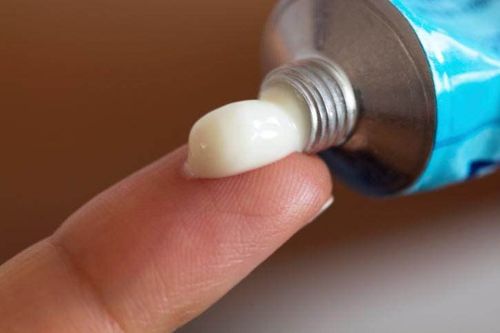
4. What side effects can beprosalic cause?
Although it is a topical medication, beprosalic can still cause serious side effects if you abuse the drug, notably:
- Skin burning and irritation, causing severe itching and dryness.
- Folliculitis, or acne-like rash.
- Skin pigmentation is reduced, causing pale skin, skin atrophy, and stretch marks.
- Secondary infections occur...
In particular, a long-term overdose of beprosalic can inhibit the activity of the pituitary and adrenal glands, leading to secondary adrenal insufficiency. In addition, salicylate poisoning due to excessive topical application of salicylic acid can also cause serious problems not only on the skin but also inside the body.
In case of beprosalic overdose, you need to take a series of appropriate treatment measures, including rebalancing electrolytes if necessary as well as gradually improving adrenal gland function. During that time, you should also gradually stop using steroids and increase your intake of sodium bicarbonate to help alkalize urine and increase the excretion of toxins.
It can be said that beprosalic is a topical ointment prescribed to treat various skin diseases. However, if you use this topical medicine for a long time, major consequences will occur and cause serious health decline. Therefore, you should only use the drug with the advice of a doctor or pharmacist.
Please dial HOTLINE for more information or register for an appointment HERE. Download MyVinmec app to make appointments faster and to manage your bookings easily.


